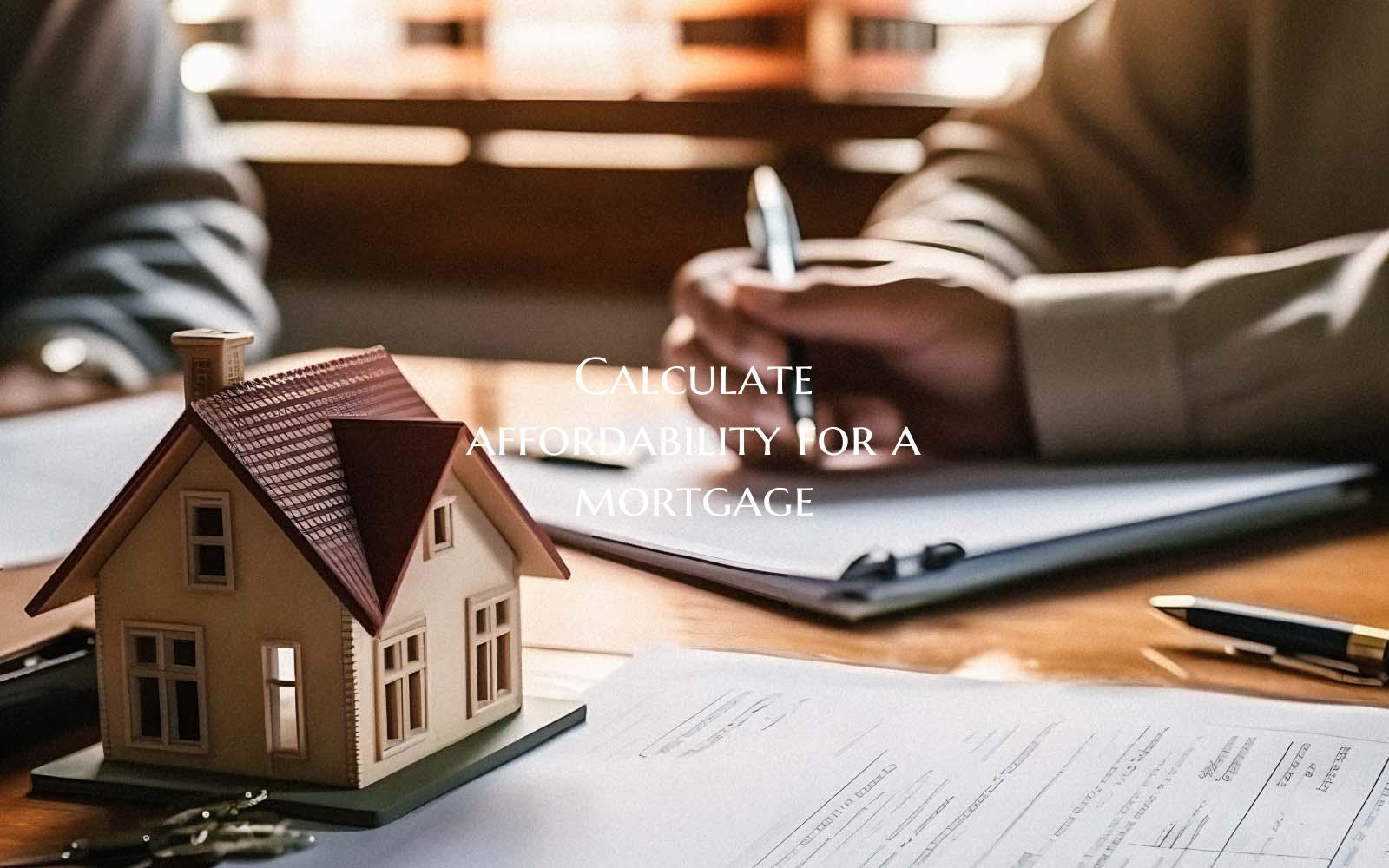Calculate affordability for a mortgage

When considering buying a home and applying for a mortgage, one of the crucial aspects to determine beforehand is your affordability. Understanding how much you can afford to borrow and repay each month is essential to ensure you choose a mortgage that fits within your financial capabilities. Here's a guide on how to calculate affordability for a mortgage:
1. Calculate Your Income: Start by determining your monthly income. This includes your salary, wages, bonuses, dividends, alimony, and any other sources of income. Make sure to focus on your net income (after tax) for a more accurate calculation.
2. Assess Your Expenses: Next, evaluate your monthly expenses. This should cover all your regular outgoings such as rent, utilities, groceries, insurance, transportation costs, and any other fixed payments.
3. Debt Obligations: Take into account any existing debts or financial commitments you have, such as car loans, student loans, credit card payments, and other liabilities. These will impact how much you can comfortably allocate to mortgage payments each month.
4. Consider Down Payment: Determine how much you can afford to put as a down payment for the house. A higher down payment will reduce your mortgage amount and monthly payments.
5. Calculate Affordability: A common guideline is the 28/36 rule. This suggests that your monthly housing expenses should not exceed 28% of your gross income, and your total debt payments (including housing expenses) should not surpass 36% of your gross income.
6. Use Mortgage Affordability Calculators: Online mortgage affordability calculators are available to help you estimate how much you can afford to borrow based on your income, expenses, debts, and down payment amount. These tools provide a quick way to gauge your mortgage affordability.
7. Consult with Lenders: It’s advisable to consult with mortgage lenders or financial advisors to get a more personalized assessment of your affordability. They can help you understand the various mortgage options and suggest the most suitable one based on your financial situation.
8. Account for Future Changes: Remember to consider potential future changes in your income or expenses when calculating affordability. It’s important to have a financial buffer in case of unexpected circumstances.
By following these steps and being diligent in your calculations, you can get a clear picture of how much mortgage you can afford. Ensuring that you choose a mortgage that aligns with your financial capacity will contribute to a more secure and stress-free homeownership experience.
